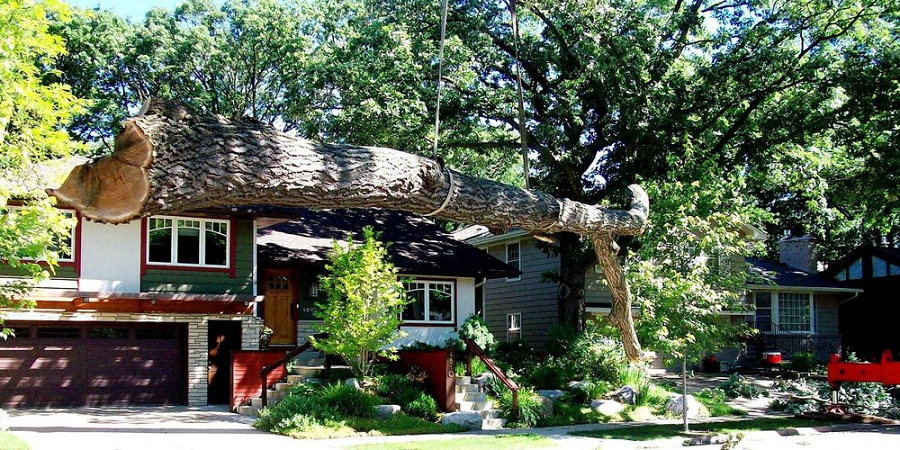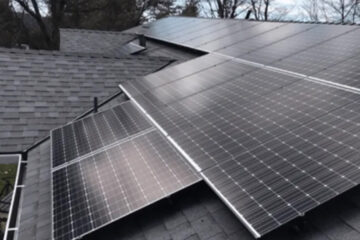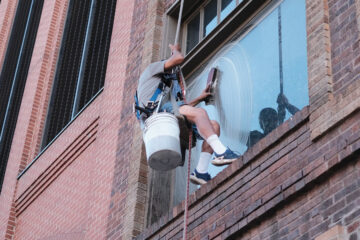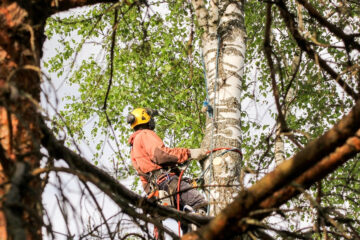Preemptive Tree Removal

Trees are great, spreading their friendly branches providing shade as well as adding value and protection to your property. These enduring woody perennials often live through generations becoming a part of people’s families, memories, as they define the ambiance of a place. So when a tree becomes sick or dies it can be very difficult for many of us to part with the remains. Yet it is essential that we do.
Damaged beyond repair or dead trees are unpredictable. They no longer have the ability to support themselves. Branches and limbs can fall at any time endangering both people and property. Strong winds or storms can tip over large trunks. To avoid these hazards you must remove that tree.
How do you know if a tree needs to be removed or is simply sick and needs tender loving care (TLC)? First, you need to know that this sort of determination requires you and your observations, as much as it requires a trained and certified arborist. So let’s review some of the things you need to look for.
Observation one with a small knife scratch off a small piece of bark. It is best to take this bark from a branch or twig because you need to look at the bark beneath the outer surface. What you’re looking for is brown or dry bark. This implies that your tree could be in trouble, but this does not necessarily mean the tree is dead.
For observation two you want to look around the base of the tree trunk. What you’re seeking is decay-producing fungi, such as mushrooms. This is also just a warning sign. While you are examining the ground see if the root system for your tree is shallow. This is not easily determined, still, if you have a large number of roots sitting on or easily visible on the surface this could be another sign of trouble. Shallow roots can be dislodged in storms causing trees to fall.
Observation three calls for a close examination of the bark on the tree’s trunk. This may be difficult to determine so we recommend that you take photos if you’re unsure. What you’re looking for are chipped or peeling bark and cracks in the tree’s trunk.
Observation four involves checking for cavities or large scaffold branches. Now scaffold branches that are well spaced are very good things. In fact, you want good scaffold development to maintain the tree’s structure and form. What you are really looking for is weakness areas, where the branch has developed openings. These openings will probably be littered with leaf debris or insects. This is very important because if your tree is infested you don’t want to let that infestation claim all your other trees.
Observation five entails identifying any dead or hanging branches in the upper crown of the tree. Again you may want to take photos with a zoom lens from the safety of the ground.
Observation six: ties into observation five since you’re looking for fine twigs without the traces of living buds at their ends.
Any combination of these will require the expert interpretation of an arborist. ISA Certified Arborists will do all they can to preserve trees. If your tree cannot be saved they will have access to both the best practices for tree removal as well as the right equipment for the job. So take advantage of the free consultations and quotes before attempting tree removal of a sick or dead tree yourself.




